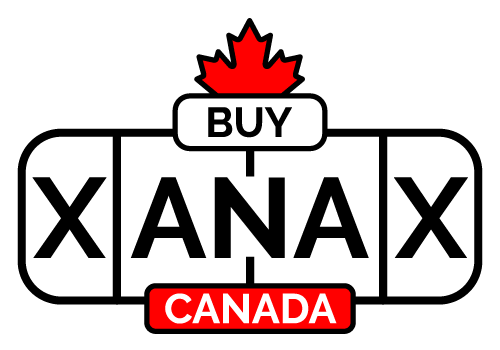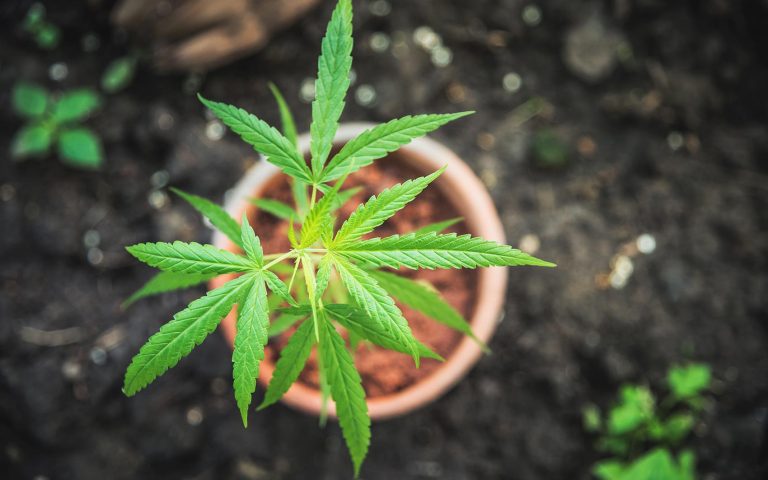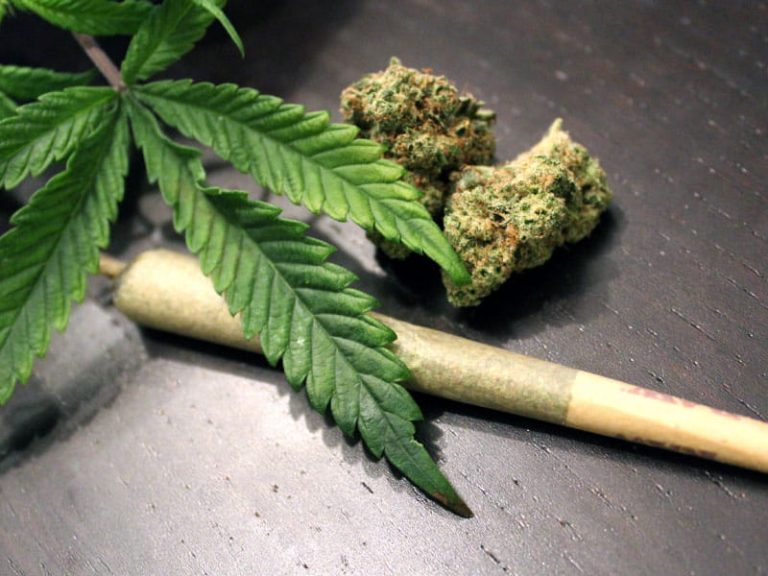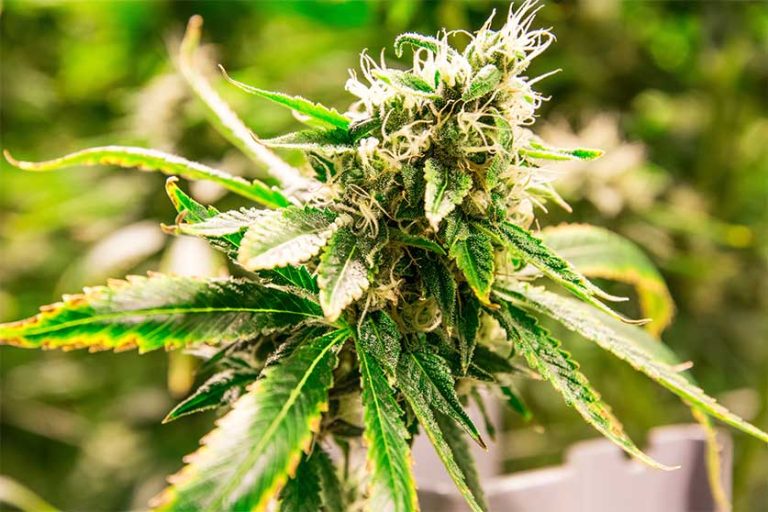The conversation around microdosing has moved far beyond Silicon Valley’s nootropic trend and into mainstream wellness circles. People are experimenting with cannabis and psilocybin mushrooms—two substances long used for their therapeutic and mind-expanding potential. But what happens when these two are combined in microdoses? Can they work together to improve mood, creativity, or focus? Or does the pairing carry unnecessary risks?
At the same time, comparisons to other psychoactive substances—like MDMA crystal, MDMA edibles, and MDMA pills—are emerging as individuals explore different ways to enhance cognition and emotional resilience.
What is Microdosing?
Microdosing refers to consuming a very small, sub-perceptual amount of a psychedelic or psychoactive compound. The goal is not to experience a full “trip,” but instead to gain subtle benefits that support daily functioning.
- Cannabis microdosing typically involves 1–2 mg of THC (often through edibles, tinctures, or vaporizing).
- Psilocybin microdosing often ranges between 0.1–0.3 grams of dried mushrooms, sometimes delivered as capsules, gummies, or chocolates.
At these low levels, users often report improved mood, increased focus, enhanced creativity, and reduced anxiety—without the strong intoxication or hallucinations that larger doses bring.
Why Combine Cannabis and Psilocybin in Microdoses?
Some psychonauts and biohackers suggest that combining cannabis and psilocybin microdoses may produce a synergistic effect. Instead of each substance working in isolation, the pairing could amplify beneficial outcomes.
1. Mood Enhancement
- Cannabis microdoses may reduce stress, elevate mood, and bring a sense of calm.
- Psilocybin microdoses are linked to reduced depressive symptoms and improved emotional flexibility.
Together, they may offer a gentle emotional uplift without overwhelming the nervous system.
2. Creativity and Problem-Solving
Cannabis often sparks divergent thinking, while psilocybin microdoses may encourage pattern recognition and mental clarity. Artists, writers, and entrepreneurs sometimes explore this blend for creative breakthroughs.
3. Focus and Flow States
While high doses of cannabis can cause mental fog, tiny doses may sharpen focus. When paired with psilocybin’s tendency to increase cognitive flexibility, some users report an ability to enter flow states more easily.
Potential Risks of Combining Cannabis and Psilocybin
Although the idea of synergy is appealing, it’s important to recognize potential downsides:
- Amplified Anxiety
- Even in low doses, cannabis can trigger anxiety or racing thoughts in sensitive individuals.
- Psilocybin microdoses may heighten emotions, making the combination too stimulating for some.
- Unpredictable Interactions
- Each person’s biochemistry is unique. What feels balanced for one user might feel overwhelming for another.
- Factors like strain type (indica, sativa, hybrid), tolerance, and mental state all influence the outcome.
- Stacking With Other Substances
- Some experimenters add other compounds such as MDMA crystal, MDMA edibles, or MDMA pills to their microdosing regimens. This can be risky, as MDMA heavily impacts serotonin levels, and combining it with cannabis or psilocybin may increase the chance of mood instability, dehydration, or burnout.
Comparing Cannabis, Psilocybin, and MDMA in Microdoses
| Substance | Typical Microdose | Reported Benefits | Risks/Concerns |
|---|---|---|---|
| Cannabis (THC) | 1–2 mg | Stress relief, mild focus boost | Anxiety, tolerance build-up |
| Psilocybin | 0.1–0.3 g | Emotional balance, creativity | Emotional sensitivity, legality |
| MDMA (crystal/pills) | ~5–10 mg (rare use) | Mood lift, sociability, empathy | Neurotoxicity risk, serotonin depletion |
While microdosing cannabis and psilocybin is more commonly discussed in wellness spaces, MDMA crystal, MDMA edibles, and MDMA pills are not typically used in true microdosing protocols due to their potential for neurotoxicity and dependence. Still, some individuals experiment with very low doses for enhanced empathy and social connectedness.
Best Practices for Safe Experimentation
If you are considering microdosing cannabis and psilocybin together, keep these guidelines in mind:
- Start low, go slow: Begin with a microdose of one substance at a time before combining.
- Track effects: Journaling mood, focus, and energy can help identify patterns.
- Mindset and setting: Even small doses can feel different depending on your environment and mental state.
- Avoid frequent stacking: Combining multiple psychoactive substances (especially with MDMA edibles or MDMA pills) can stress the body’s neurotransmitter systems.
- Consult professionals: If using for therapeutic purposes, guidance from a mental health professional familiar with psychedelic science is invaluable.
The Future of Microdosing Research
Scientific interest in microdosing is growing, but most studies have focused on psilocybin and LSD. Cannabis microdosing is only beginning to receive attention, and almost no formal research exists on combining cannabis and psilocybin microdoses.
On the other hand, MDMA is being studied in larger, therapeutic doses for PTSD treatment, not microdosing. Still, discussions around MDMA crystal, MDMA edibles, and MDMA pills remain part of the wider conversation on how psychoactive compounds can support mental health and emotional growth.
Conclusion
Microdosing cannabis and psilocybin together is an experimental practice that many believe offers mood enhancement, creativity, and mental clarity. However, the combination carries risks, particularly for individuals prone to anxiety or emotional sensitivity.
While cannabis and psilocybin may complement each other in subtle ways, introducing other substances—like MDMA crystal, MDMA edibles, or MDMA pills—raises safety concerns that require serious caution.
As science continues to explore these compounds, users must rely on careful self-experimentation, respect for dosage, and mindful integration into daily life. The promise of microdosing lies not in chasing a high, but in building healthier relationships with our minds, emotions, and creative capacities.



